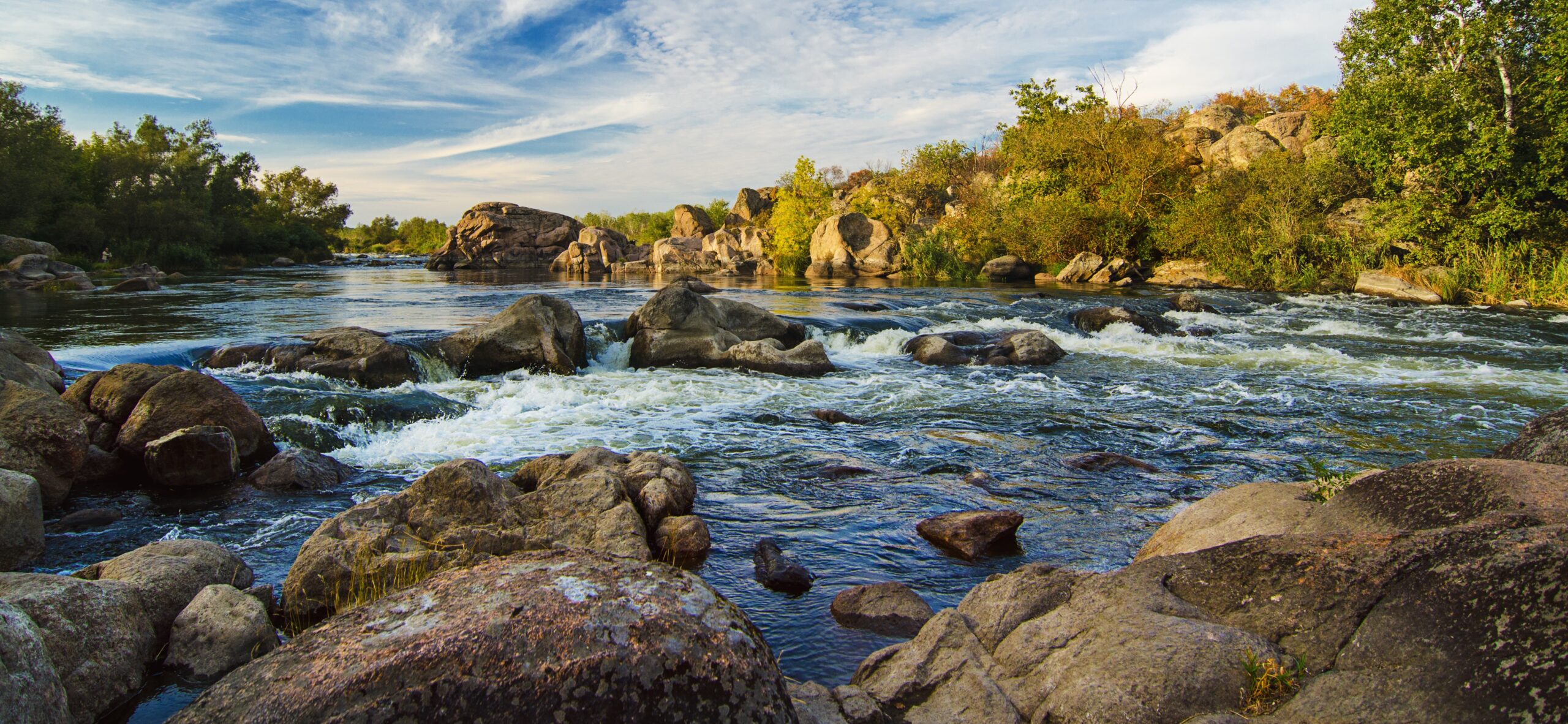
Fact Sheet
Invasive Species
Overview
Invasive species (IS) are any type of living organism that are not native to an ecosystem and cause harm. IS are found in all 50 states, and are characterized by their tendency to outcompete native species due to rapid reproduction rates and their ability to withstand threats that native species cannot. Invasive species can occur on land (terrestrial) or in water (aquatic). Some common examples of IS are: lionfish (aquatic), Russian olive tree (terrestrial), zebra mussels (aquatic), and Burmese pythons (terrestrial). With over 50,000 non-native species and growing in the United States, the threats to the environment and the economy are spreading fast.
Key Points
Key Point 1
Invasive Species have been regarded as one of the top causes of species endangerment and extinction. (The National Wildlife Federation)
Key Point 2
Wildlife trafficking and otherwise legal trade can also introduce invasive species. (The World Wildlife Foundation)
Key Point 3
Invasive species are often tightly linked to zoonotic diseases and threats to human health, as IS can carry novel diseases that human and other wildlife bodies are not equipped to handle. (PLOS Pathogens)
Key Point 4
The impacts of IS are costly - The Nature Conservancy estimates that more than $120 billion per year goes to managing invasive species in the United States. (The Nature Conservancy)
State Options
Aquatic and Terrestrial Invasive Species
- CA S.B. 1175 would suspend any authorization to import a wild animal species when the risk of wildlife disease transmission to humans is apparent.
- HI HB 1854 establishes best practices for treating and controlling little fire ants.
Aquatic Only
- Policies regarding the regulation of ballast water uptake/ discharge have been passed in Montana and California.
- Research on market based incentives for controlling invasive lionfish is being conducted in Florida, and could help shape future policies.

Empower State Environmental Champions
Your donation funds the fight for equitable actions that protect the environment and our health.
Donate